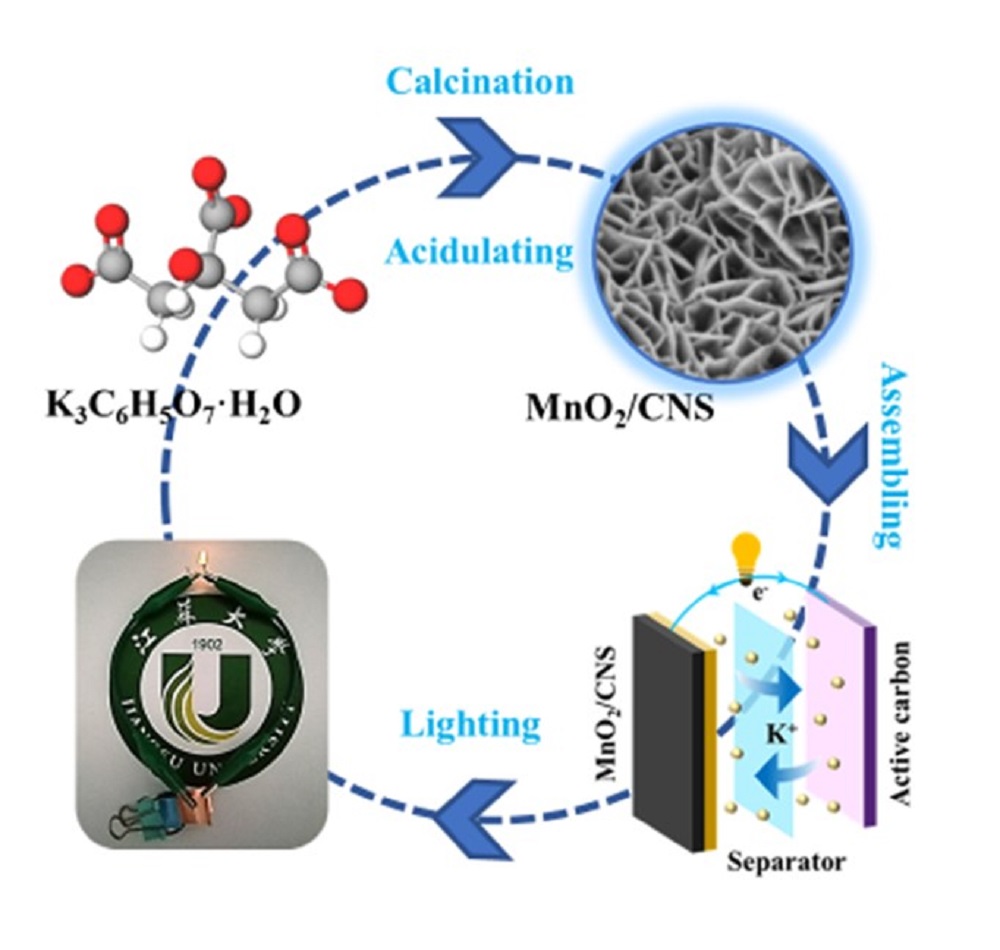Figure 2 presents the results of XRD, Raman spectra, and XPS for CNS and MnO
2/CNS. Two diffraction peaks at 28.01° and 42.02° in Fig. 2(a) are verified as the (002) and (004) planes of the graphitic carbon [
23]. For MnO
2/CNS, six peaks at 21.81°, 36.84°, 42.05°, 55.29°, 59.93°, and 66.17° are indexed to the (101), (210), (211), (212), (312), and (412) planes of MnO
2, which is birnessite-type (JCPDS No.39-0375) [
24,
25]. Due to the intensive peaks of MnO
2 in the composite, the CNS peaks are too slight to find. Raman and XPS evaluations were performed to verify the existence of CNS peaks and the combination between CNS and MnO
2. Two strong peaks at 1347 and 1576 cm
–1, representing the D-band and G-band for graphitic carbons, respectively [
26], are emerged in CNS and MnO
2/CNS, which prove the existence of CNS in the composite. Three major peaks at 493, 551, and 645 cm
–1 of MnO
2 can be observed in MnO
2/CNS. The peak at 645 cm
–1 corresponds to the crystal structure of MnO
2 formed orderly in a broad area [
27]. Figures 2(c)–2(f) exhibit the XPS results of MnO
2/CNS for evaluating the valence states of different elements in the composite. Figure 2(c) shows four distinct peaks from 284.04 to 653.01 eV, indicating the Mn, O, and C elements in the composite. As shown in Fig. 2(d), the peak at 284.08 eV signifies the C–C and C=C bonds of CNS [
28]. Two weak peaks at 285.28 and 287.88 eV represent the C–O and C=O bonds, respectively, derived from HNO
3 acidification during CNS synthesis [
28]. The slight peak at 282.78 eV can be ascribed to the C–Mn bond formed in the hydrothermal process. The peak at 529.08 eV in Fig. 2(e) represents the Mn–O–Mn bond. Two minor peaks at 530.48 and 532.18 eV represent the C–O–C and C=O bond [
28]. The characteristic valence state of the manganese is shown in Fig. 2(f). The binding energy space between Mn2p
3/2 at 641.58 eV and Mn2p
1/2 at 653.18 eV is 11.5 eV, prominently demonstrating that the original manganese valence state in the composite is Mn
4+ [
29]. The other peaks of Mn at 644.38, 648.58, and 656.48 eV correspond to a small quantity of Mn
3+ and Mn
2+ originated from the hydrothermal reaction.













